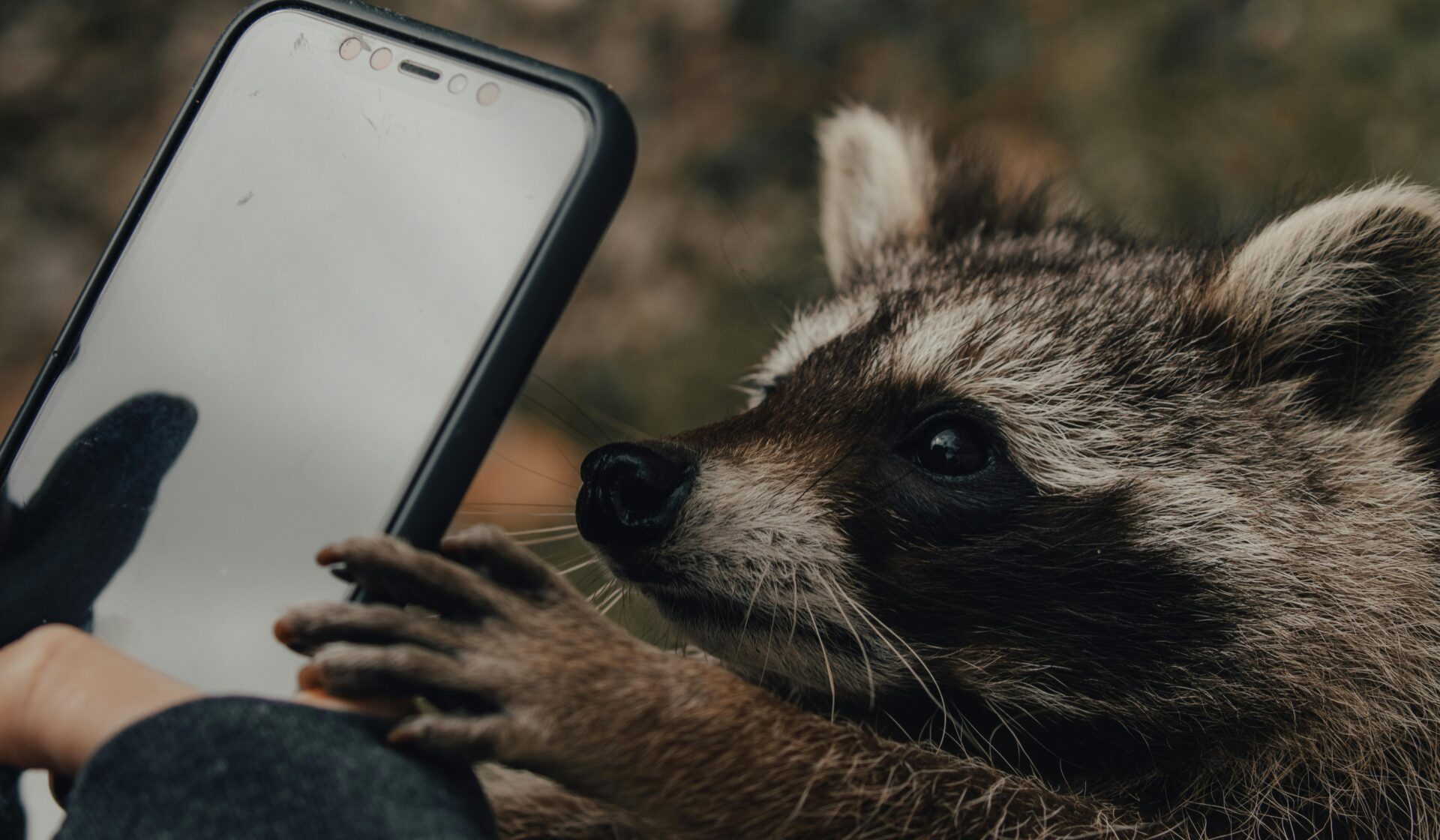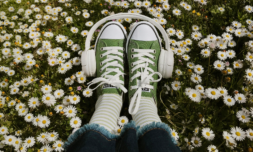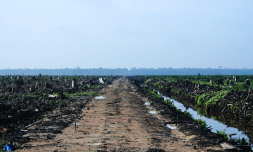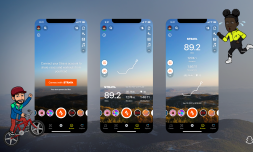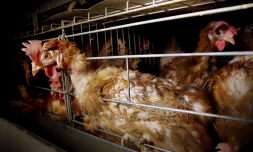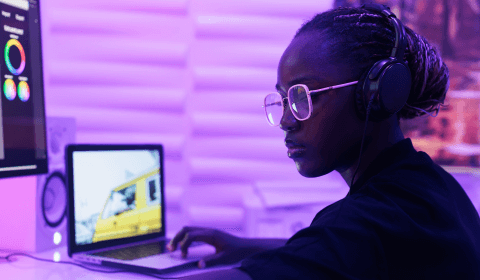Social media is posing a new and increasing threat to vulnerable species and habitats around the world as nature enthusiasts calling attention to rare biodiversity on their platforms are unintentionally sending viewers flocking to snap their own photos of already-endangered flora and fauna.
On social media, gatekeeping is standard practice. Yet as much as this irritates netizens – rightly so when it involves an item of clothing or value-for-money foodie-haven – it’s inarguably necessary.
Think about it: though the democratisation of information is no doubt important, how many previously untrodden hiking trails have we recently seen destroyed by crowds of wanna-be influencers who went purely to post about it and left trails of litter in their wake?
Or desktop-background-worthy natural landscapes permanently altered by people who automatically assume that because they ‘saw it on Instagram or TikTok’ it’s acceptable to ignore the ‘protected area’ signs and flock there en masse?
Considering our average screen time and that this means a significant majority of us are bound to be at least aware of our planet’s demise (even if some of you swipe past those videos as soon as they pop up), you’d expect people to be more sensitive towards conservation efforts and the fact that these sites limit public access for a reason.
But no, if it’s trending, then of course that’s an open invitation to visit without questioning whether or not doing so has the potential to be environmentally damaging.
Increasingly (not to mention concerningly), this phenomenon is also beginning to take its toll on precious ecosystems which, prior to the digital age, where were biodiversity experts and documentarians alone would venture to record, study, and quietly observe the behaviours of the species residing there.
Trained to do so with the utmost care and respect for these remote habitats, we wouldn’t learn that said professionals had journeyed to such locations until they were long-gone, either by reading National Geographic, or by having David Attenborough narrate it to us in dulcet tones through the television.
Today paints a different picture, however.
With the world at our fingertips, a mountain of footage is now available to us at the touch of a button.
Shared by enthusiasts seeking to educate on our obligation to safeguard the Earth’s vulnerable flora and fauna, this well-intentioned content is contributing to harmful human-wildlife interactions as viewers, in their hordes) are inspired to go and create their own.









